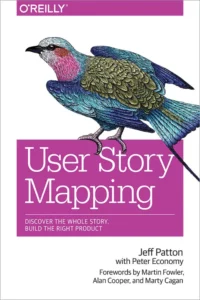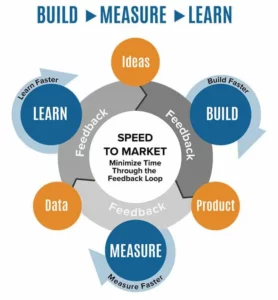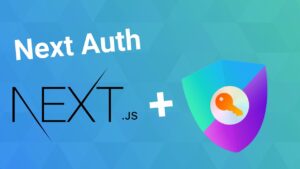According to Gary Vaynerchuk, if you can make $1M of NET Income and to be bootstrapped (no outside investment) for a SaaS (Software as a Service) business, you should pat yourself on the back. Well, in four short years, I did exactly that. I didn’t do it alone. I had a ton of help. The person that helped me the most was a very smart and enthusiastic professional right out of college – his name is Iman Tucker. We did make over $2.5 MILLION in revenue but what is more impressive is that we had $1 MILLION in NET Income.
First, if you think it is easy, you are wrong. Iman and I had to dig hard. We tried so many things. Not everything worked. In fact, a lot of times we failed. I always tell people that I learn a lot more from failures. It hurts when you fail, but you always have two options:
- Get frustrated, disappointed, kick your dog and quit; or
- Get back up and try again.
We all know Cobra Kai cheated and picked on Daniel. And Daniel did get very upset which is justifiable. When Johnny Lawrence did that illegal kick Daniel could have quit. But he didn’t. You see, Daniel had a mentor/coach in his corner – Mr. Miyagi.

In a lot of ways, Iman was like Mr. Miyagi to me. I hope he also looks back and thinks I was also like Mr. Miyagi to him. This is one of the main reasons why I write – to give back and help the next generation find their way and their Mr. Miyagi. Great things will happen when people learn from each in a professional context. So, let’s sit down by the fire as I read you our story.
1. Find a problem you are passionate about solving
I had the opportunity to take over as the CEO of a struggling company called CardBoard It. In the beginning, a ton of money was spent and barely any revenue was being generated. The original intent of CardBoard It was to digitize a product definition process called User Story Mapping. The process is usually done on a large whiteboard but with remote teams, we saw a need to create an electronic version of a User Story Map.
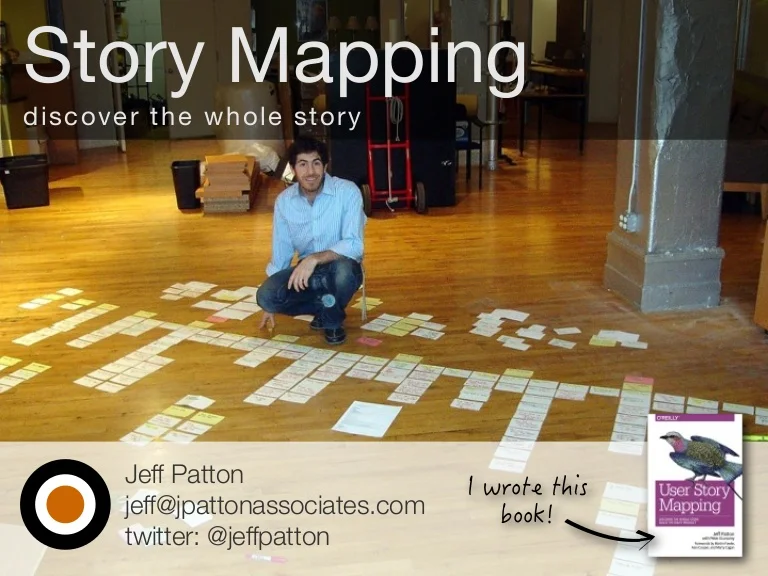
Jeff Patton wrote the book on User Story Mapping and David Hussman was also an early pioneer. I joined the team in early 2017 and took over as owner, product manager and CEO of CardBoard It. Our collective vision was to digitize the User Story Mapping process and generate revenue.
What made us so “passionate” about solving this problem is that we all were experiencing this pain ourselves for years. To sum it down into bullet points:
- We had team members that were remote and could not “collaborate” on a physical board
- Friends within the community were looking for digital solutions
- A lack of a “shared understanding” by the team for the product vision and user’s flow was something we heard daily
- Given Jeff, David and I’s 20+ years of experience, we knew how costly it is to deliver code that doesn’t meet the end customer’s expectations
Eureka! We have a problem that we all felt is worth solving.
In addition, I also strong recommend using a Business Model Canvas. At LFT Software, we have helped over 50 businesses with making sure they are solving the right problem and not just spinning their wheels going nowhere. Several businesses invest large sums of time and money only to go no where.
2. Talk to potential customers
You need to learn who your potential customers are and engage with them. I do not recommend sending out surveys or doing things like an NPS (Net Promoter Score) score. What works best is talking with someone one-on-one in person (old school). If that isn’t possible, using Zoom or a phone call is the next best option.
SaaS is different than traditional software in that you don’t need to install or maintain keeping it up and running. It simply requires a web-browser and Internet connection. This makes the barrier to enter the SaaS market much easier. However, your competition also has the same advantage. To be successful, you have to make sure you are talking with potential customers and getting their feedback. If you don’t do this, your competition will.
To facilitate your conversations, you should conduct research and understand some of the challenges your potential customers are facing. A Heuristic Evaluation is one tool you can use to accomplish your customer research. Getting started is sometimes the hardest part when talking to customers. Performing a Heuristic Evaluation and having some open ended questions can go a long way.
Note: We have been big fans of Jakob Nielsen for over 15 years now. Like Jakob, we also worked closely with some of the best computers ever designed – SUN Microstations.
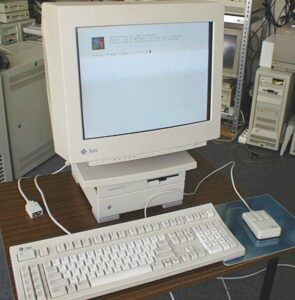
3. Experiment, get feedback and use the Lean Start Up
Everyone thinks they know what their “customers” want. This is a fallacy. There is an old saying from the movie Field Of Dreams – “If you build it, they will come”. This isn’t true. I have seen thousands of person-hours and millions of dollars spent only to find out that once the product gets to production, people don’t want to use it or buy it.
There is a better way. I highly recommend reading Eric Ries’s book The Lean Startup. Eric’s approach is to build what is called a Minimum Viable Product. The basic process is “Build Measure Learn”. Assume your solution is not going to work at first. Build small and build fast. Then go out and test with potential customers or real users. Learn and analyze the results then ITERATE!!!
For the SaaS product we built, we also relied heavily on Continuous Integration and Continuous Deployment (CI/CD). Since we have developed several apps in Python and Ruby on Rails, we went with a Platform As A Service (PaaS) company called Heroku. Heroku has a plan for every budget and takes a lot of the IT management pain away.
4. Be prepared for failure, learning and the hard truth
I wish I could say it was easy to start a SaaS business, but it isn’t. We made a lot of mistakes, but we always learned from them. Each day, our team got better. We always stayed humble. It is when you become too “proud” that your SaaS product is perfect and you stop being true to yourself when you will most likely fail. If you can’t handle your customers telling you your product sucks, then you aren’t going to make it. You HAVE TO LISTEN TO THEM! The economy of SaaS has changed. Customers who use SaaS are looking for genuine companies that truly help, onboard, educate, support and help them become “successful”. The term “Customer Success <Role X>” can some times be code for sales people. Watch out for this.
We highly recommend that you always connect your customer with the right person in your organization. The “Customer Success” roles are just a bridge to the right folks inside your organization (e.g. developers, marketing team, educators, customer support, contracts, etc.)
So, with that, we hope this blog helps you build a successful SaaS company. If you need help doing so, feel free to reach out to me personally!
